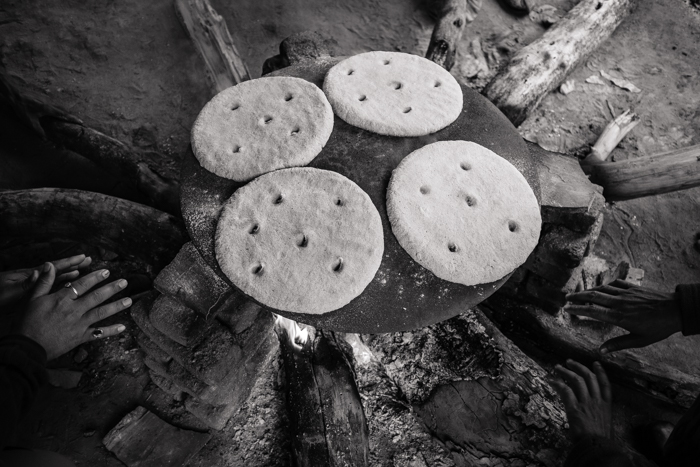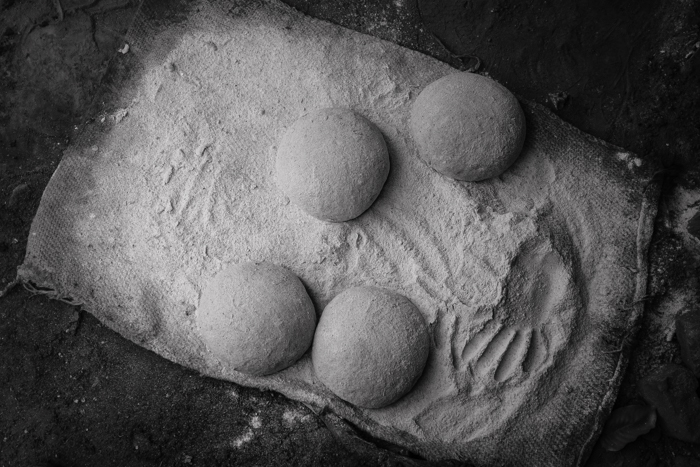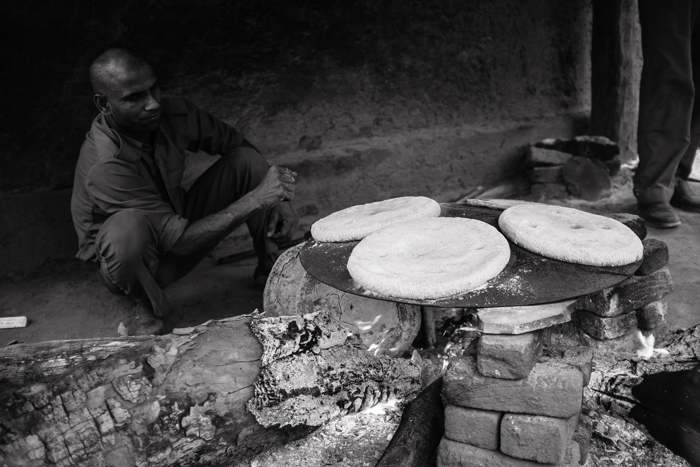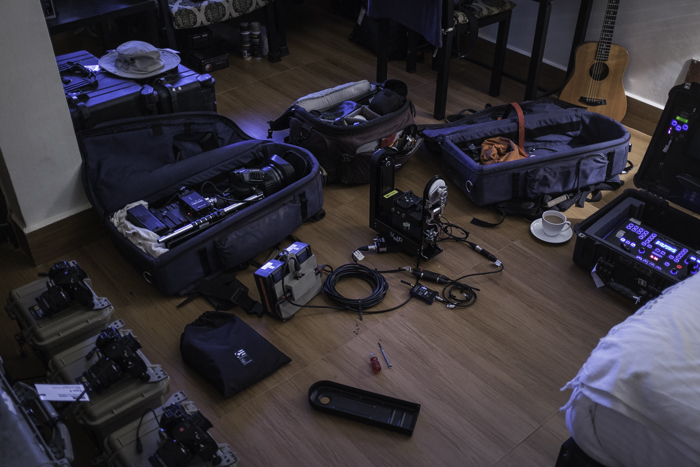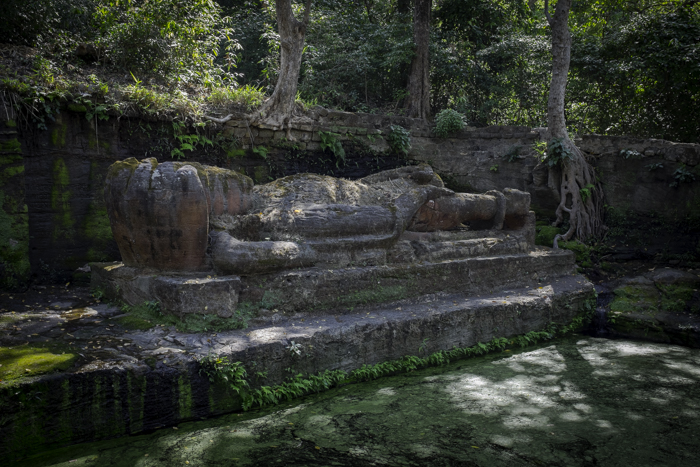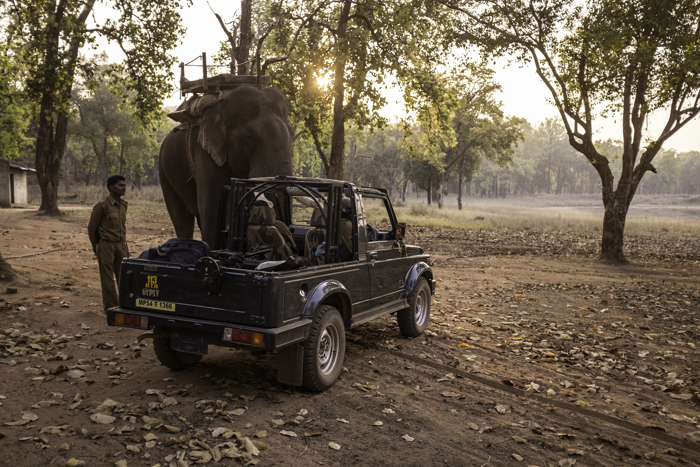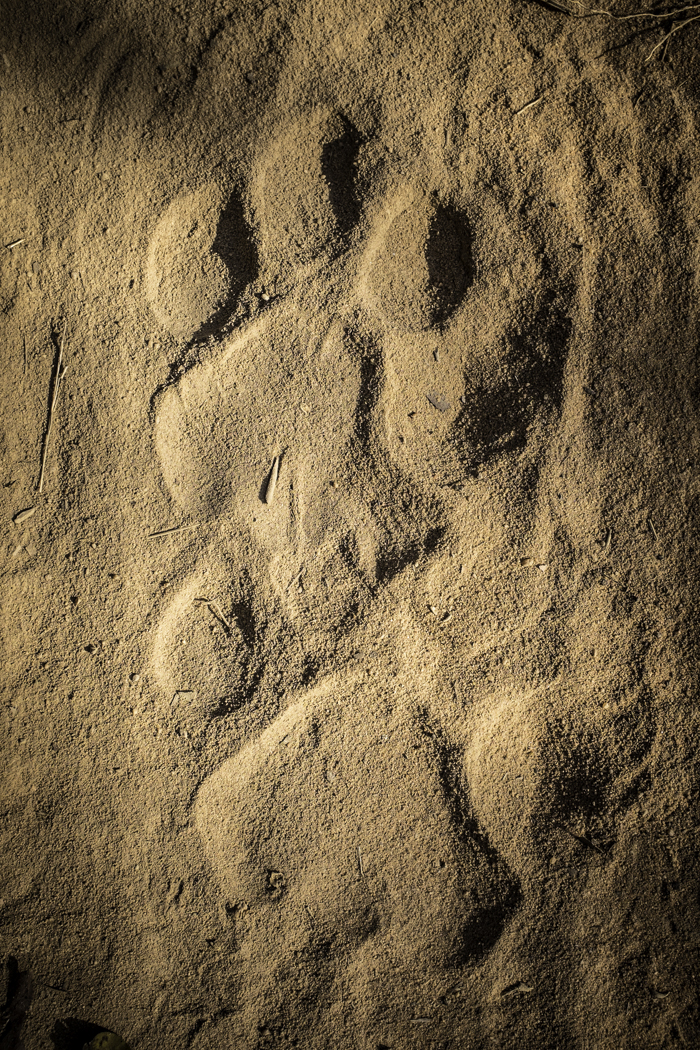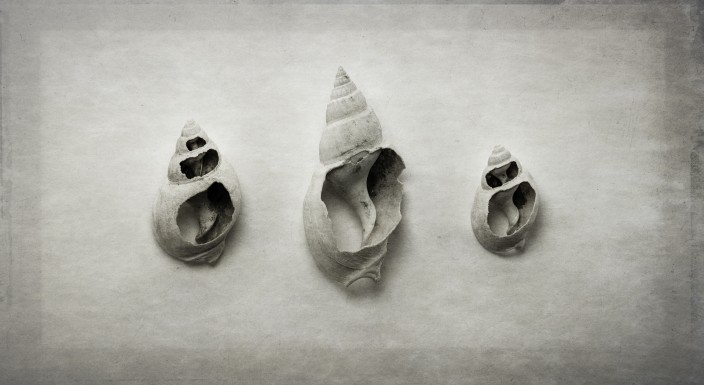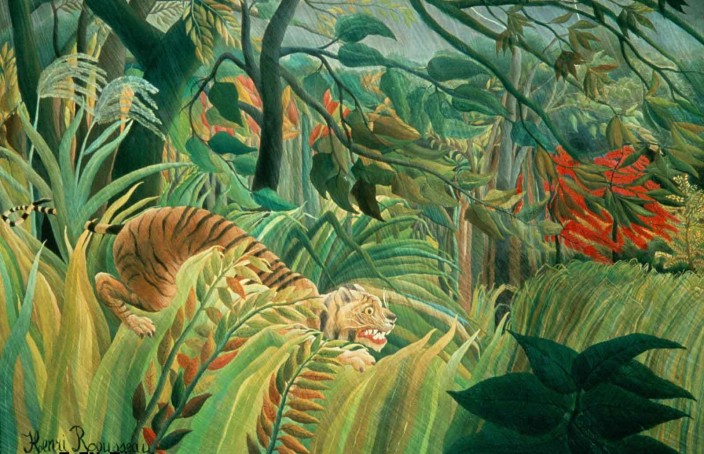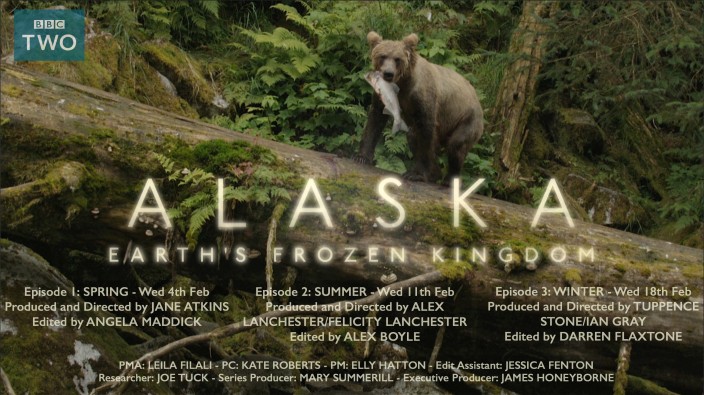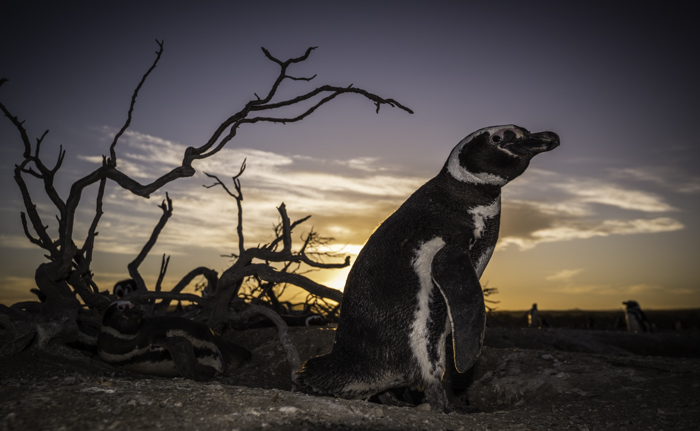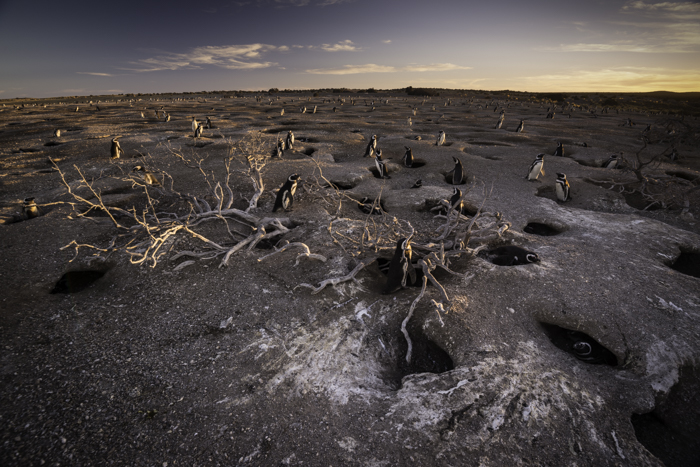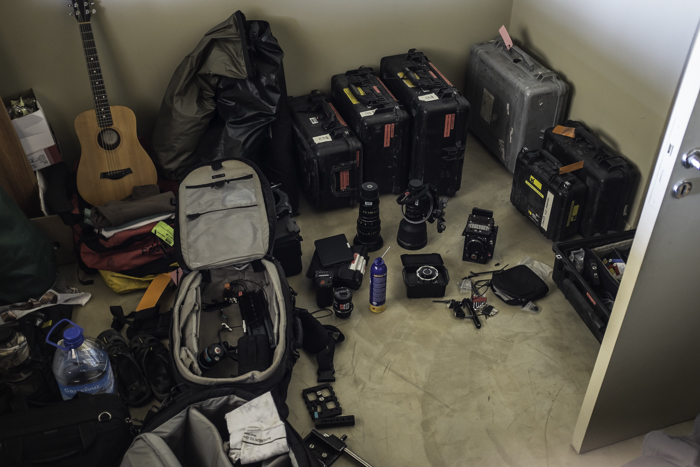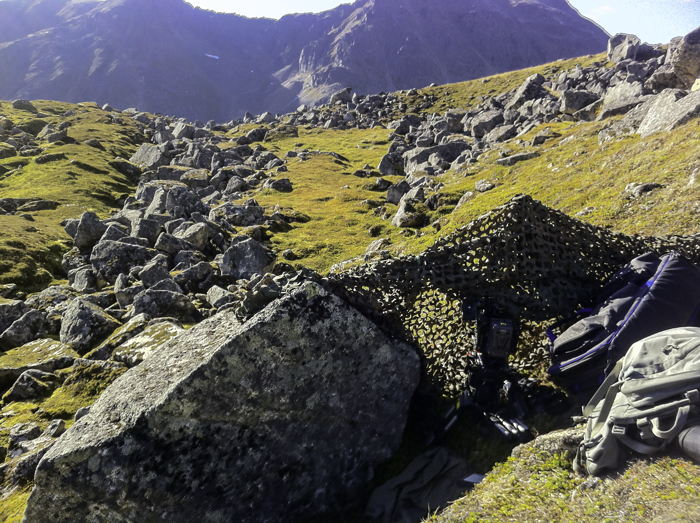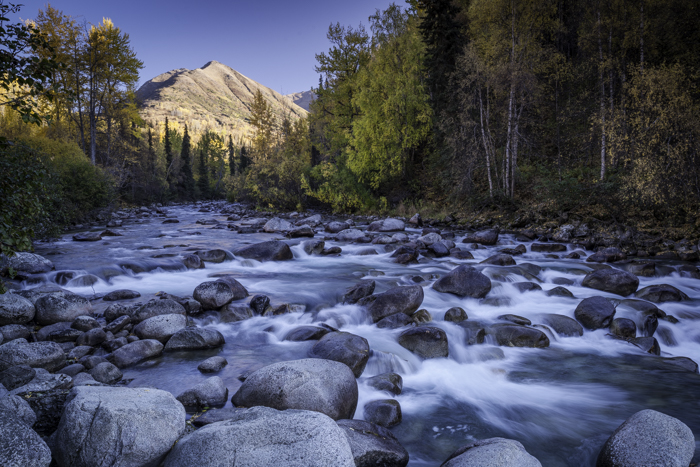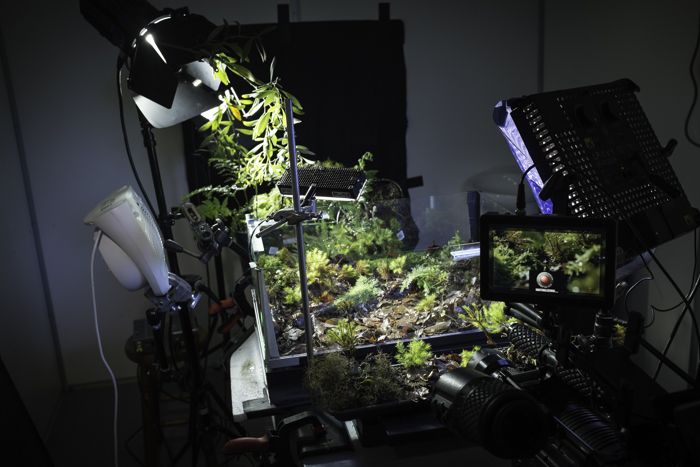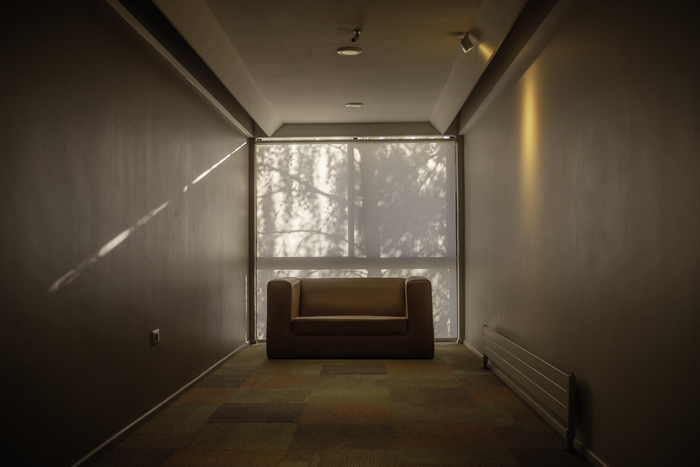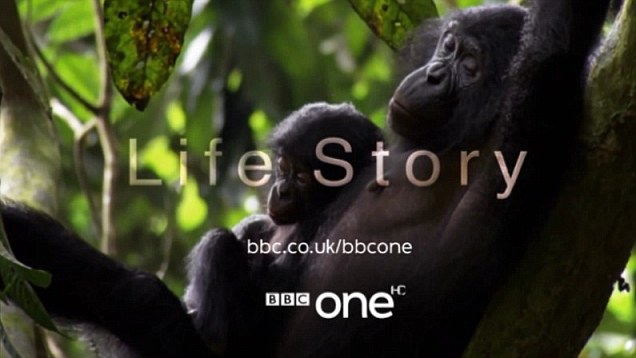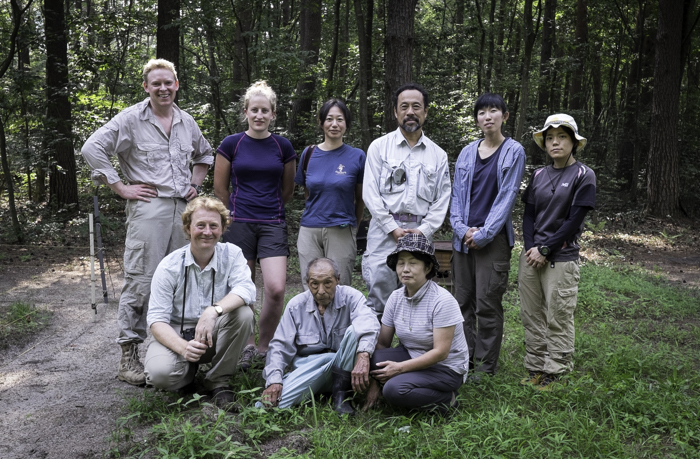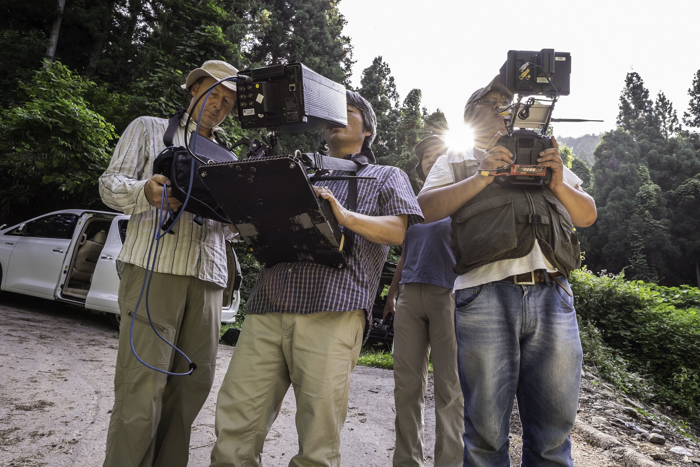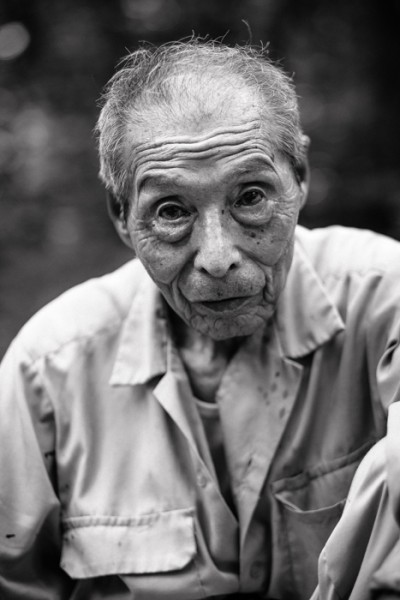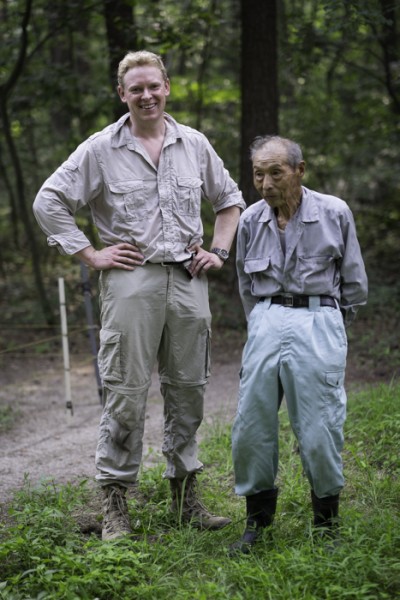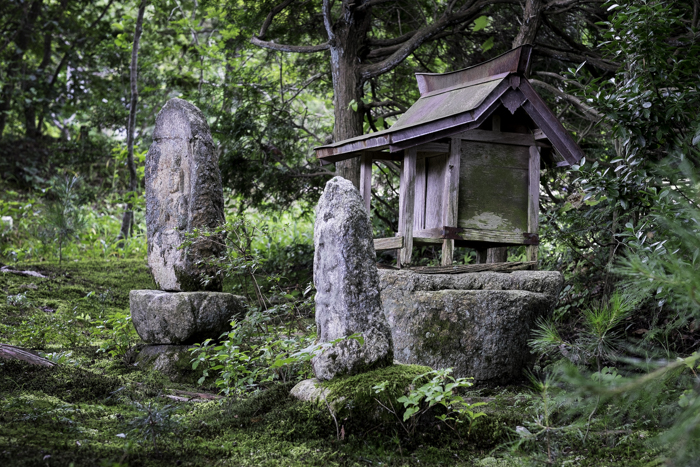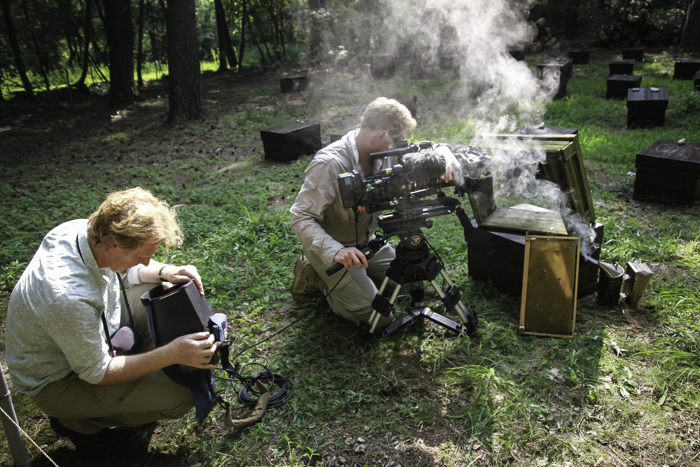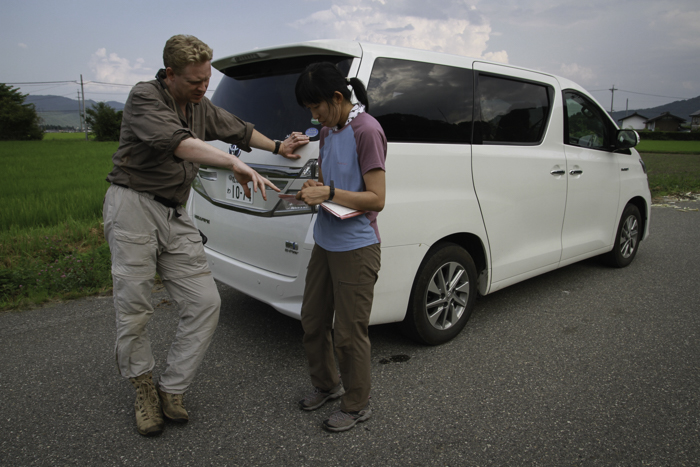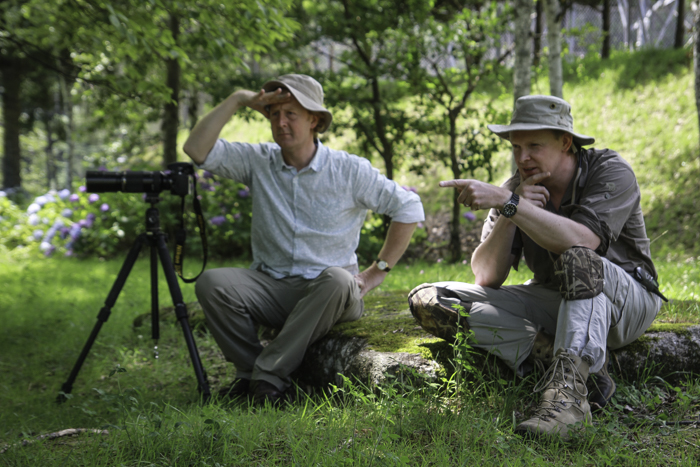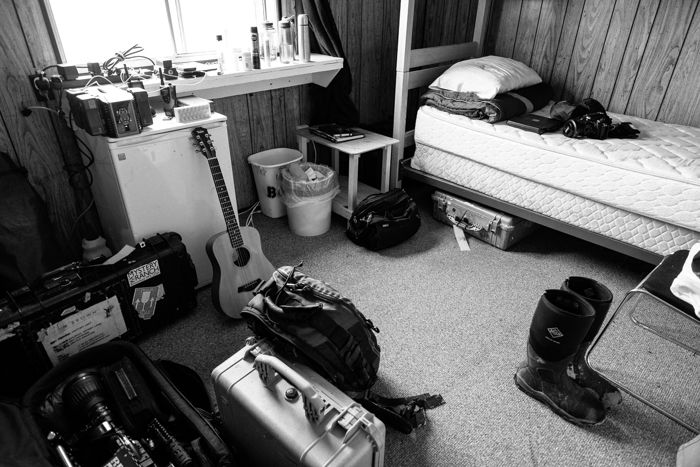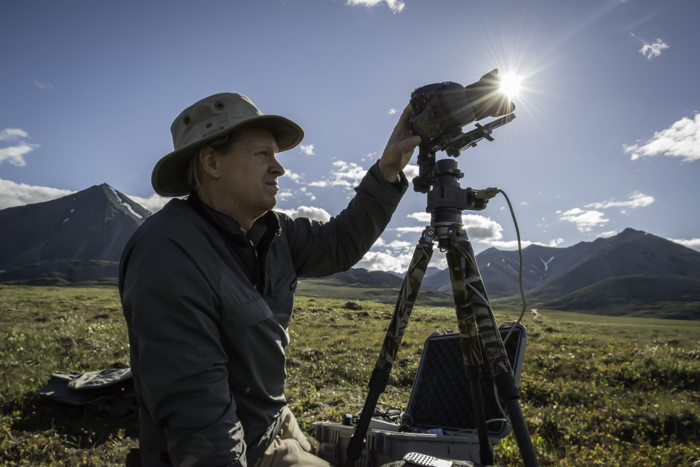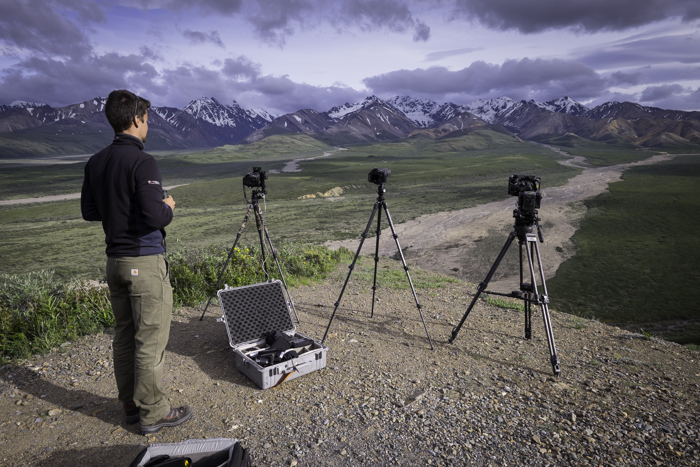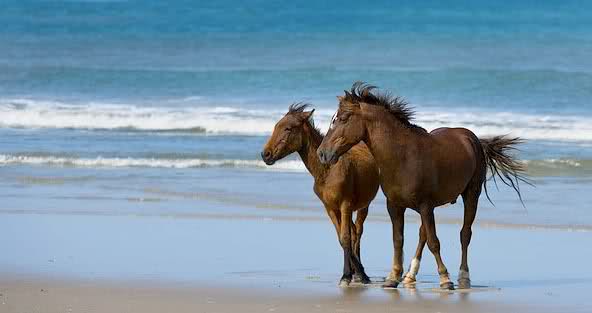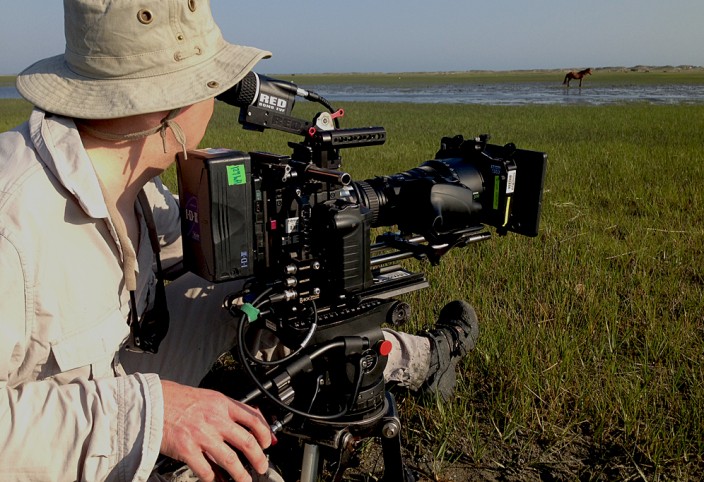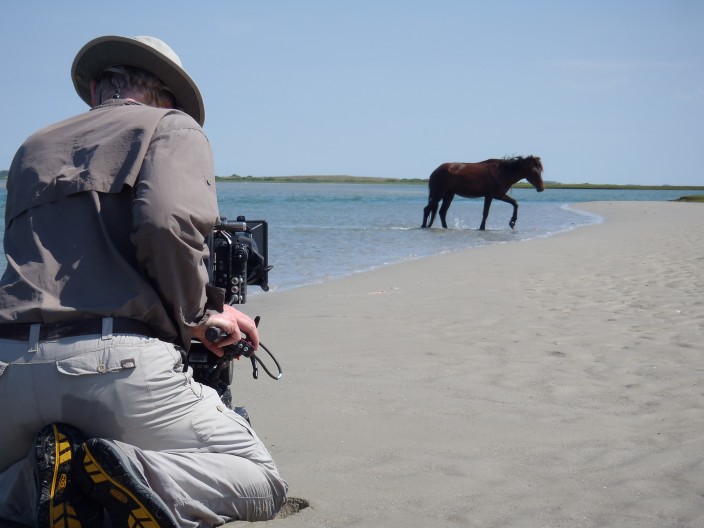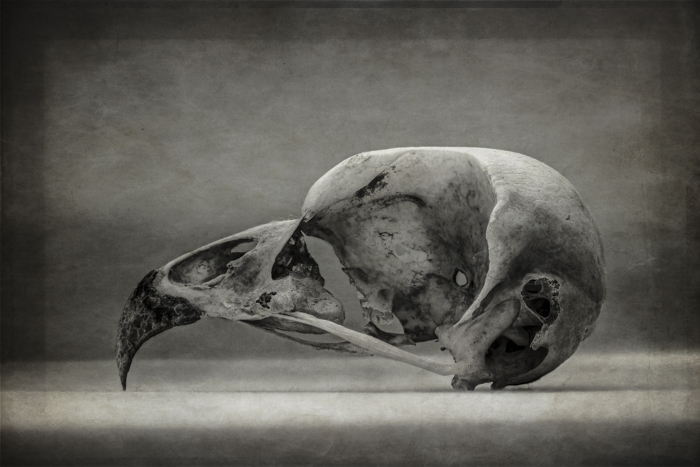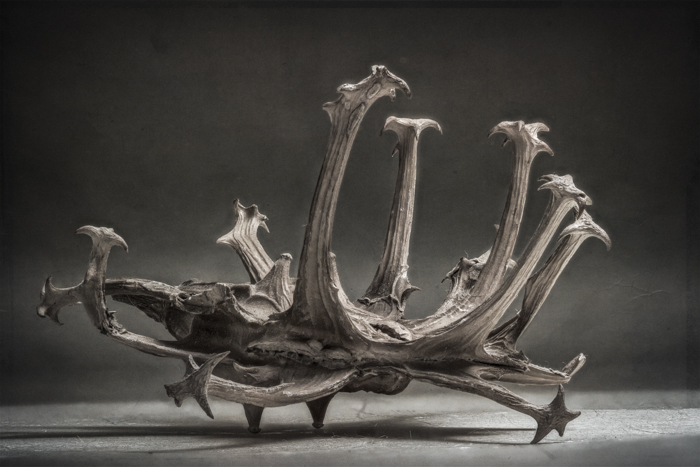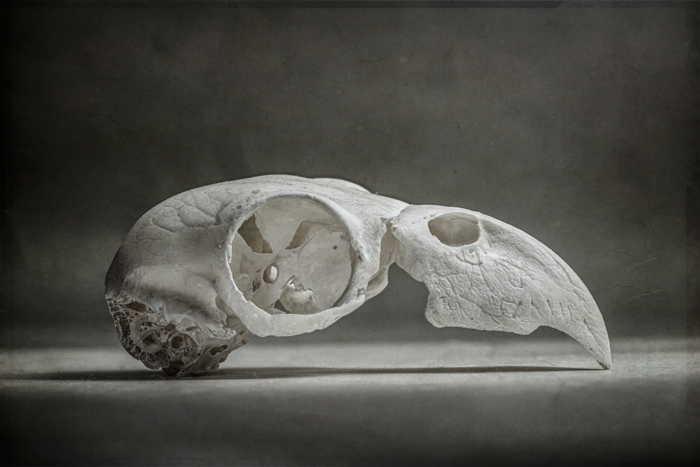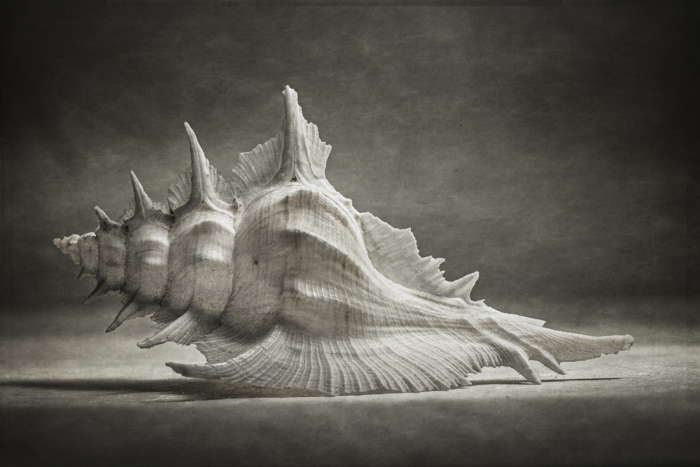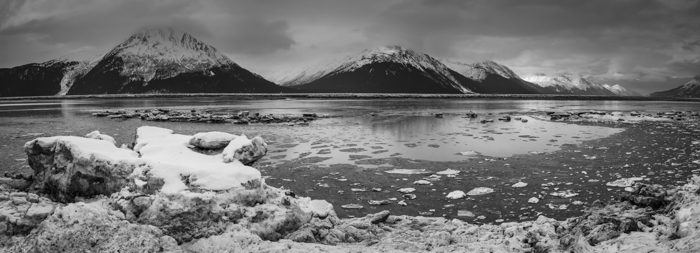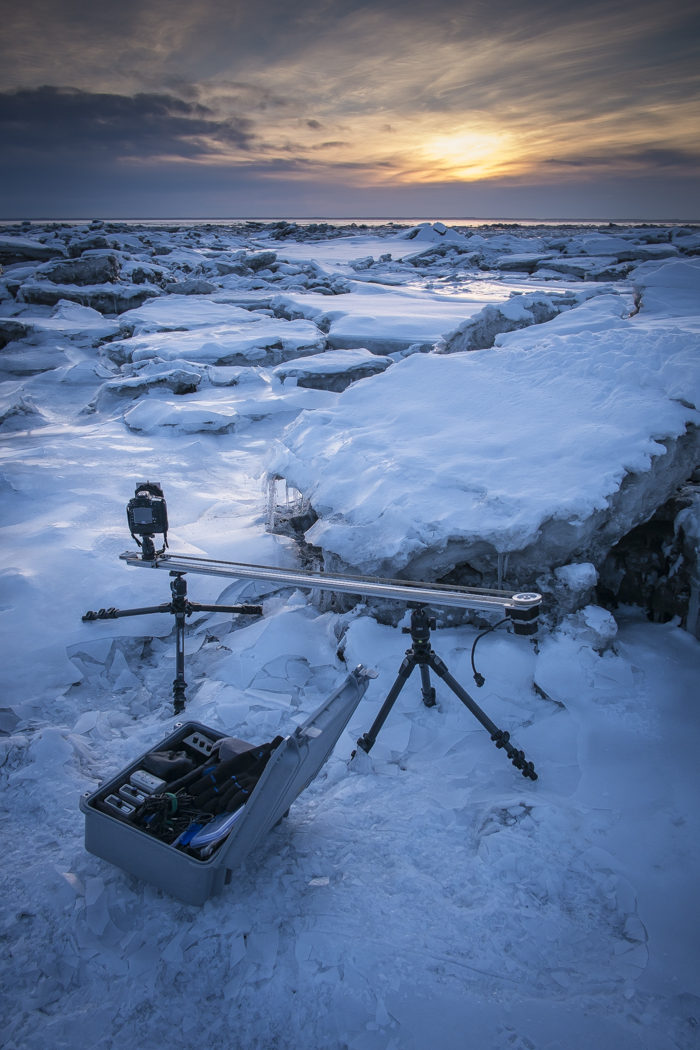India, Trip 1
April 3rd, 2015New website, new film …
February 26th, 2015I’ve finally got around to getting my fine art photography website done – huge thank you to my friend Dan (www.branigan.co.uk) for burning the midnight oil to get everything finished before I head off.
The site contains a selection of still life studies of various natural objects I’ve picked up during my travels, and some of my more impressionistic wildlife photography. All prints are for sale through the site, or please get in touch if you have any special requests.
To view the images please visit www.johnbrownfineart.co.uk
I’m about to head off to start a very exciting two year filming project for BBC1, I can’t say too much about it at this point, but I can’t wait to get filming.
Alaska – Tonight!
February 4th, 2015Happy New Year
January 1st, 2015
Well that was 2014, it started with Orcas in Norway and ended with Penguins in Patagonia, with a few other continents and a varied selection of the weird and wonderful in between. ‘Life Story’ was broadcast in the autumn, and it was great to see the results of 2 years worth of extremely hard work by a very talented bunch finally make it to the screen. I’ve got lots coming up in 2015, including a 2 year authored project for BBC1 which I can’t wait to get stuck into.
The last shoot of the year – Magellanic Penguins in Argentina – was great fun. A beautiful spot with a fantastic range of wildlife, although you really got the impression that the poor penguins were none too amused at what they had to face; often walking a mile or so through a roasting hot desert and hairdryer-like winds to get to their nest holes. Probably not what they thought they were signing up for as penguins.
They really had it tough, and the whole colony had a pretty bleak and desperate feel to it although the imagery was really dramatic.
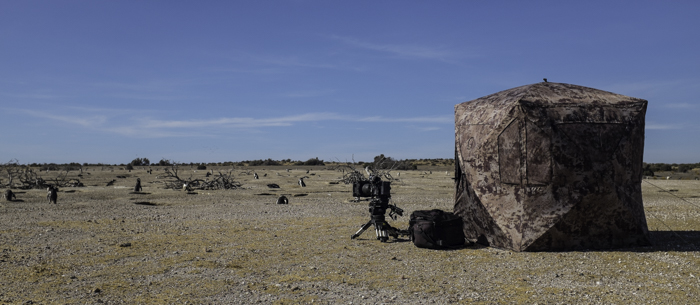
Home for most of the three weeks – it survived an absolute battering from the gale force winds – only blew away once …
While at home I’ve managed to start finding the time to get back on the bike; I used to race 15 years ago or so. It’s fantastic to see how cycling culture in the UK has changed in the last decade or so – mainly due to the incredible success of the GB cycling team. I used to be one of the very few grown men (and women) dressed as flabby superhero’s making fools of themselves on the road – now there’s loads of us, even car drivers seem slightly less inclined to try to flatten us, which is definite progress. I’m not quite back to my old racing weight (that’s probably never going to happen) but I’m working my way painfully up the Strava rankings – pure joy.
Looking forward to 2015 I wish everyone health, love and happiness.
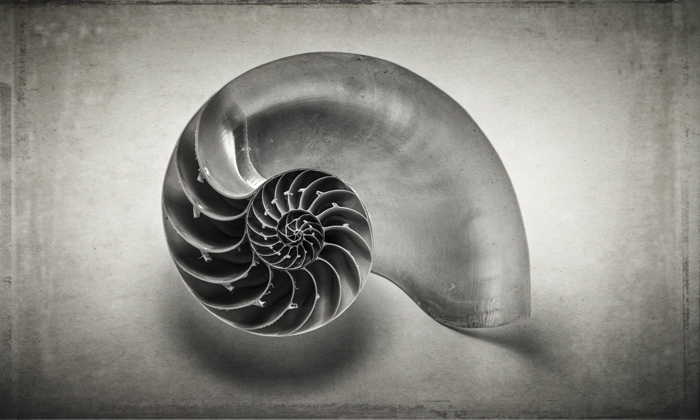
I’ll be opening a new website in the next few weeks selling my fine art and wildlife photographs – watch this space
Some updates …
October 29th, 2014It’s been a while since my last news, there have been a couple of trips in rapid succession, and the series that I spent much of the last couple of years working on, Life Story, has begun to be broadcast on BBC1.
I had a lovely trip back to Alaska – this time it really was the last shoot for the BBC’s Alaska series. We needed one more behavioural sequence for the summer programme that illustrated how animals prepare for the coming winter, and Pikas provided the perfect storyline. I’d filmed them a couple of years ago for Life Story in Canada, this time we needed an Alaskan location. I found an absolutely beautiful spot at about 1,000m elevation with a corrie lake surrounded by scree slopes.
There were quite a few pikas around, but due to the lateness of the season their activity was pretty low key. The individual I focused on popped up maybe 3 times a day to feed and gather a mouthful of grass from the area in front of my camera position – but it was just enough to get a nice sequence. The weather was fantastic; cold but clear, and the huge volume of windblown seeds – willow and fireweed – that drifted up from the valley below made it look like it was snowing at times.
I then had a week or so at home before flying off to Chile for the BBC’s Patagonia series to set up a studio shoot filming Darwin’s Frogs. This species has the most bizarre reproductive behaviour you can imagine. Once they have mated the male guards the eggs, which are deposited on the ground, and, after a week or so he eats them. He ingests them into his vocal sac rather than his stomach, where they then develop into froglets – sometimes this can take months – before he pukes the tiny froglets up to face the big wide world. Very enlightened parenting, and rather more dedicated than I’d sign up for.
These frogs are endangered due to habitat loss and climate change. We built a lovely little set at a captive breeding programme at one of the universities, and by the time I had to come home the two pairs we had in there were starting to show some interest in one another. Fingers crossed that they will get in the mood and there will be the heartwarming sound of male frogs barfing up their kids in the near future.
The big news has been that Life Story, the 6 part BBC1 series which I spent a lot of time working on, has just started being broadcast. It will continue at 9pm each Thursday for the next 5 weeks. My main contribution was to programmes 3 & 4, for which I filmed wild dogs, chimps, hermit crabs, honeypot ants, bald eagles, pikas, lions and the wildebeest migration across the Mara River. From what I’ve seen so far it looks fantastic, it was a brilliant team of people to work with and there are some wonderful sequences across the whole series.
We also learnt a couple of weeks ago that the BBC One Life feature film, for which I filmed the Japanese Macaque (snow monkey) sequence, won an EMMY for best cinematography, many congrats to all involved.
Japan
August 8th, 2014I love Japan, and it was great to be back to see old friends, old haunts, and, quite probably, some of the same macaques I filmed 7 years ago.
An extremely enjoyable shoot with a very lovely team, here is evidence that some work was done:
Farewell Alaska, Hello Japan
July 19th, 2014My last shoot for the BBC’s Alaska series is done. All went pretty well; two weeks up in the Arctic then a final few days charging around filming various scenics and wildflowers.
The time up in the arctic, based at the fantastic Toolik Field station, was great. We were continuing the Arctic Ground Squirrel sequence that we started a couple of months ago. This time the aim was to follow the pups emerging and heading off into the wild. Everything in the world of the arctic ground squirrel is weird – and the development of their pups is no exception. The summer is so short that they have to race through their pup-hood in record time, it was incredible to watch these tiny, gerbil sized, pups emerge and increase dramatically in confidence in a matter of days. In a few weeks they will be the size of a bunny and getting ready for the daunting prospect of 8 months of super-cooled hibernation, I’m not sure its a life I would choose, but they seem fairly resigned to things.
Toolik field station is about 400 miles up the Dalton Highway (of Ice Road Truckers fame) is an incredible location. A couple of hundred miles north of the arctic circle it’s a tiny collection of huts, cabins and labs – a fantastic community of 100 or so biologists, climatologists, geologists etc with a super friendly atmosphere with amazing facilities. We were made to feel extremely welcome, a huge thanks to everyone there.
North of the arctic circle at this time of year the sun never sets, and when it wasn’t actually raining, we set up a couple of time lapses to track the sun through a 24hr cycle. We got a couple of lovely shots, an interesting mix of calculation, guesswork and luck.
At the end of the shoot we spent a couple of days in Denali National Park, one of the most spectacular and beautiful places I’ve ever been. We were on the hunt for wildflowers, but in keeping with the weird weather we’ve had to cope with this series wildflowers were hard to find, but it was a fantastic place to be to round up the year I’ve worked on the series.
I’ve had a week at home, filled with school sports day, honey extraction, catching up with some very special old friends and finishing off the work to finally reclaim our house after the floods of this winter.
Next stop is Japan on Monday. I’m heading back to some very familiar territory – locations I filmed at extensively a few years ago for a film I made about Japanese Macaques. I’m really looking forward to getting back to a country I really love and seeing friends that I haven’t seen in far too long.
Wild horses & bees
June 3rd, 2014Just home from a very lovely trip to North Carolina filming for the BBC Natural History Unit’s series about the Atlantic. The focus of the shoot was the wild horses that live on the Outer Banks – a chain of barrier islands off the coast of North Carolina and Virginia.
The origin of the horses is uncertain – genetically they are very closely related to Spanish horses, and are separate from other horse populations on the US mainland, so one theory is that they were bought across the Atlantic by Spanish conquistadors and either washed ashore following a shipwreck, or deliberately offloaded once a ship had run aground. This part of the east coast is known as the ‘graveyard of the Atlantic’ – thousands of vessels have wrecked off the barrier islands over the centuries – so the thought that the horses came from the sea is not unreasonable.
I filmed the horses in a few different locations, each offering varied options in terms of scenery and behaviour. The horses were great, really interesting to see fully wild populations when we’re so used to seeing perfectly groomed horses in a domesticated setting. There was always something going on within the group, and they had some pretty smart adaptations to this odd habitat; digging for fresh water, swimming between islands and preferentially grazing salt marsh vegetation at just the moment when its salt content is lowest.
North Carolina is a really beautiful state, I’ve spent years working in the US, but knew very little about this area and it was a great bit of the world to explore. More than the scenery and history it was the people who made this trip for me – huge thanks to Jared, Doug, Monty, Sue, Karen & ET for being so welcoming and generous with their time, hope to get back and see you all soon!
On the home front we are currently surrounded by bees; Julie collected a swarm while I was away so we now have three colonies in hives. The wild colony in the horse chestnut tree across the road from the house swarmed at the weekend and established a new colony three trees down the road so we now have two wild colonies within a stone’s throw of the house, and one of our bird boxes, recently vacated by Great Tits, is now occupied by a really active colony of very sweet little bumble bees.
Still life photo’s
April 4th, 2014I’m packed up and ready to head back to Alaska to carry on filming for the BBC’s 3 part series on the state. On the shopping list this time are all things springlike. A couple of weeks in Anchorage filming black bears emerging (if they are in the tree we think they are in) dippers, stonefly and anything that tells the story of the year turning.
Then we head up into the interior, driving the Dalton Highway (of Ice Road Truckers fame) to a field station 160 odd miles north of the arctic circle to film amorous Arctic Ground Squirrels and whatever else we can find – hopefully wolves and other predators, possibly polar bears. So a really interesting and mixed trip, going to some places I haven’t been to before, very excited.
While I’ve been at home I’ve set up my studio and have started work on a project I’ve been planning for a while; taking still life photographs of some of the natural objects I’ve picked up over the years from various corners of the planet. These will all be displayed on a dedicated photography website – along with my other work – which I’m in the process of setting up. I’ll have limited edition prints for sale.
For those interested, the photographs where taken on a Nikon D800E with a Nikon 105mm macro lens, the images are all ‘focus stacks’ – dozens of photographs, each with a different focal plane, combined into one image with unlimited depth of field.
No Snow
March 5th, 2014You would hope that 2 weeks in Alaska in February would yield some snow but, much like the UK’s screwed up weather this winter, Alaska has had a fraction of its usual snowfall.
We managed to tick off most of the sequences on the list, but it felt a little unsatisfactory and rather fragmented – no major behavioural sequences this time. Film-making is often like that. You do have to knuckle down and do the tricky crane shots that link sequences together and the long running time lapses that build the ebb and flow into the film, this stuff takes time. Not as much fun as sitting waiting for the wolves to appear, but it has its own type of challenge and reward.
We started in Fairbanks – which was a cosy -30C – and spent a week filming everything from hot springs to dog mushing, then on down to Anchorage for more scenic stuff – always in the hope that it would snow. it didn’t, but I think we made the best of what was on offer.
We’re heading back in a few weeks, by which time male Arctic ground squirrels should have unfeasibly large testicles.
